Canadian Wheat Stocks: Take Advantage of a Growing Population
Key takeaways
Global Food Security Drives Demand: Rising global populations and food security concerns are increasing the importance of wheat, creating growth opportunities for companies across the supply chain, from fertilizer producers like Nutrien to transporters like Canadian National Railway.
Geopolitical and Climate Impacts on Wheat: Geopolitical events, such as export bans or conflicts, and climate-related challenges like droughts and floods are driving wheat price volatility, benefiting players like the Teucrium Wheat ETF and infrastructure providers like Ag Growth International.
Integrated Supply Chain is Key to Growth: The success of the wheat sector depends on a seamless supply chain, with Canadian companies excelling in fertilizer production, grain handling, and export logistics, positioning them to capitalize on long-term global demand.
3 stocks I like better than the ones on this list.In recent years, individuals interested in investing in Canadian stocks have shown a keen interest in commodity prices. They have displayed particular focus on the prices of wheat, corn, oil, barley, oats, and the overall agribusiness.
Why? Supply chain issues during the pandemic caused significant volatility in commodity pricing, and many looked to take advantage of these swings.
Along with this, overall population growth will increase the global consumption of a commodity like wheat. Over 793 million metric tons of wheat was consumed in 2022. This is not only for human consumption either. Livestock needs wheat to survive as well.
However, dealing with the commodity industry and futures contracts can get investors into hot water. So, some look for individual ETFs or stocks to buy. Instead of wheat prices, companies were exposed to wheat prices or most any other commodities, such as some of the top Canadian iron ore stocks.
In this article, we’ll cover the top Canadian wheat stocks to buy today.
There will only be one particular option on this list which is a pure play regarding wheat. Canada’s wheat stocks will primarily be involved in manufacturing equipment like tractors and augers, the shipment of wheat, and potentially the assistance of growing it on farmland via fertilizer.
Suppose you’re looking to purchase an actual wheat production-type stock. In that case, you may consider having a peek at a US-listed farming company on the NYSE, Archer-Daniels-Midland. Although it isn’t a pure play on the wheat industry, the company is one of the largest global wheat stocks.
It is a long-term play on the agriculture business. It is also considered one of the best stocks in the industry for income, as it pays a healthy, regular dividend.
But for this article, let’s focus on the top Canadian wheat stocks.
What are the best Canadian wheat stocks to buy now?
ETF tracking global wheat prices
Teucrium Wheat ETF (WEAT)
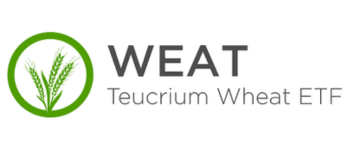
Teucrium Wheat ETF offers investors exposure to global wheat prices by tracking futures contracts. It doesn’t own physical wheat but provides a way to speculate on or hedge against fluctuations in wheat prices, which are influenced by weather, geopolitics, and global demand trends. While it’s not a Canadian company, it’s a useful vehicle for Canadian investors seeking direct exposure to the wheat market.
P/E: –
5 Yr Revenue Growth: -%
5 Yr Earnings Growth: -%
5 Yr Dividend Growth: -%
Yield: -%
Manufacturer of grain storage and handling equipment
Ag Growth International (TSE:AFN)
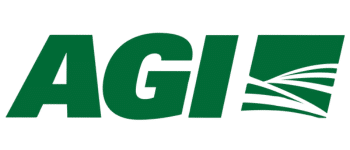
Ag Growth International specializes in equipment used to store, handle, and process grains, including wheat. Its products are critical for farmers, grain elevators, and food processors, helping ensure efficient operations and reduced waste. The company operates globally, with a significant presence in Canada and the U.S., making it a vital player in the agricultural supply chain.
P/E: –
5 Yr Revenue Growth: 7.1%
5 Yr Earnings Growth: -%
5 Yr Dividend Growth: -24.2%
Yield: 1.8%
Leading rail transporter for grain exports
Canadian National Railway (TSE:CNR)
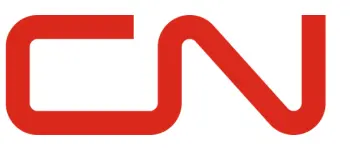
Canadian National Railway is a critical player in transporting agricultural products, including wheat, from Canadian farms to domestic and international markets. Its extensive rail network connects Canada’s breadbasket regions to key export terminals, ensuring farmers and producers can get their goods to market efficiently. CN is essential to Canada’s role as a major wheat exporter.
P/E: 19.2
5 Yr Revenue Growth: 2.7%
5 Yr Earnings Growth: 3.8%
5 Yr Dividend Growth: 9.5%
Yield: 2.5%
Global fertilizer and agricultural solutions leader.
Nutrien (TSE:NTR)
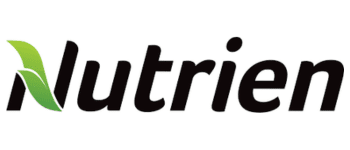
Nutrien is the world’s largest producer of potash and a significant supplier of nitrogen and phosphate fertilizers, all of which are essential for growing wheat and other crops. The company also operates a network of retail stores that provide seed, crop protection, and agronomic services, making it a one-stop shop for farmers worldwide.
P/E: 39.5
5 Yr Revenue Growth: 5.3%
5 Yr Earnings Growth: -4.4%
5 Yr Dividend Growth: 4.2%
Yield: 4.0%
Overall, there is little direct wheat exposure here in Canada, but plenty of ways to gain exposure to the industry
Whether it is agricultural machinery, shipping and storage, or assistance in production via fertilizers and chemicals, this article has plenty of ways to gain exposure to wheat.
Related
Top Canadian Agriculture Stocks
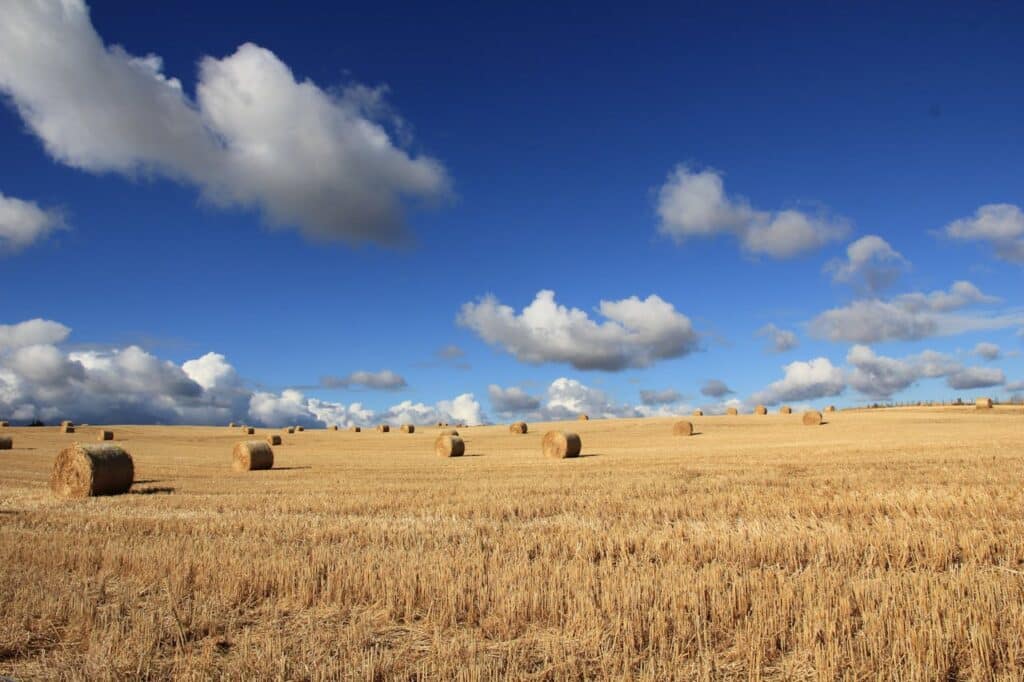
For traders looking to capitalize on short-term fluctuations in the price of wheat, you’ll likely find the wheat ETF useful. With the current Russia-Ukraine conflict, there is a chance that wheat could remain especially volatile based on news.
But for those who pay attention to the industry, whether it be the 2023-2024 harvest, Canadian Grain Commission data, or potential weaker-than-expected exports, these manufacturers, shippers, and fertilizers are unlikely to move as fast as a futures-based ETF like Teucrium.

